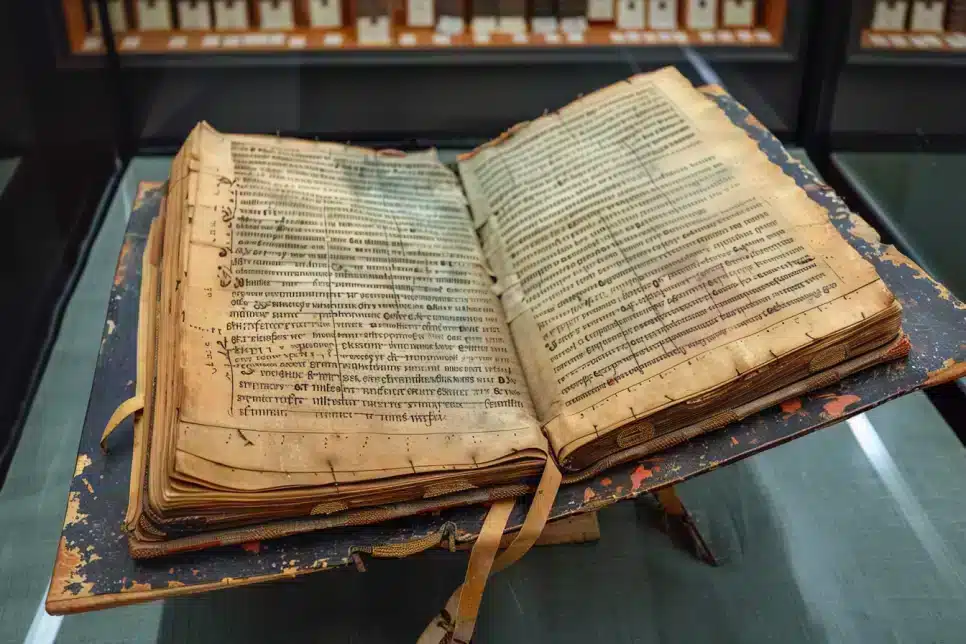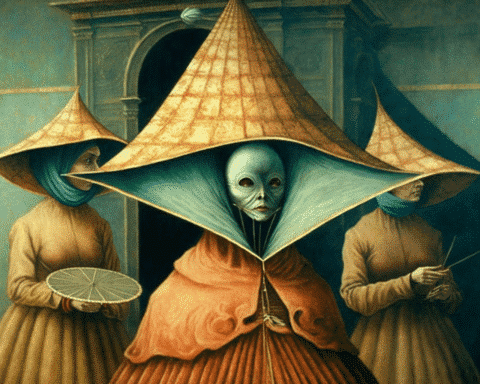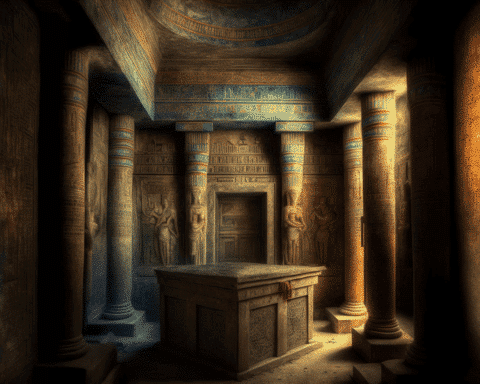In the bustling world of rare manuscripts and ancient texts, an extraordinary event is set to take place in June in London, captivating historians, collectors, and enthusiasts alike. The Crosby-Schoyen Codex, a pivotal relic from the dawn of Christianity, written in the serene confines of an Egyptian monastery between 250-350 AD, is expected to fetch between $2.6 million and $3.8 million at auction, according to Christie’s. This remarkable manuscript, penned in Coptic on papyrus, represents a significant period in religious history and a transformative era in the evolution of written texts from scrolls to the codex format, marking the birth of the modern book.
Eugenio Donadoni, Christie’s Senior Specialist in Medieval and Renaissance Manuscripts sheds light on the codex’s unique place in history, stating, “It’s right at that period, that transitional period when papyrus scroll starts turning into codex form. So, books are what we know today. And what we have in this book is the earliest known texts of two books of the Bible.” The codex comprises 104 pages (52 leaves) written by a single scribe over 40 years and includes the first epistle of Peter and the Book of Jonah. Its exceptional preservation, as Donadoni notes, can be attributed to Egypt’s arid climate, which has safeguarded this and a scant number of other 3rd and 4th-century manuscripts to the modern day.
Discovered in Egypt in the 1950s and previously housed by the University of Mississippi before being acquired by Norwegian manuscript collector Dr. Martin Schoyen in 1988, the Crosby-Schoyen Codex has been part of one of the world’s most extensive private manuscript collections. As it transitions from private hands to the public eye, with a viewing at Christie’s New York before its sale, the codex offers a rare glimpse into early Christian literature and the evolution of bookmaking.
The impending auction of the Crosby-Schoyen Codex underscores the enduring fascination with ancient texts and highlights the importance of preserving historical documents for future generations. As this venerable manuscript finds its way to a new custodian, its legacy continues to unfold, bridging millennia and enlightening our understanding of the past.




